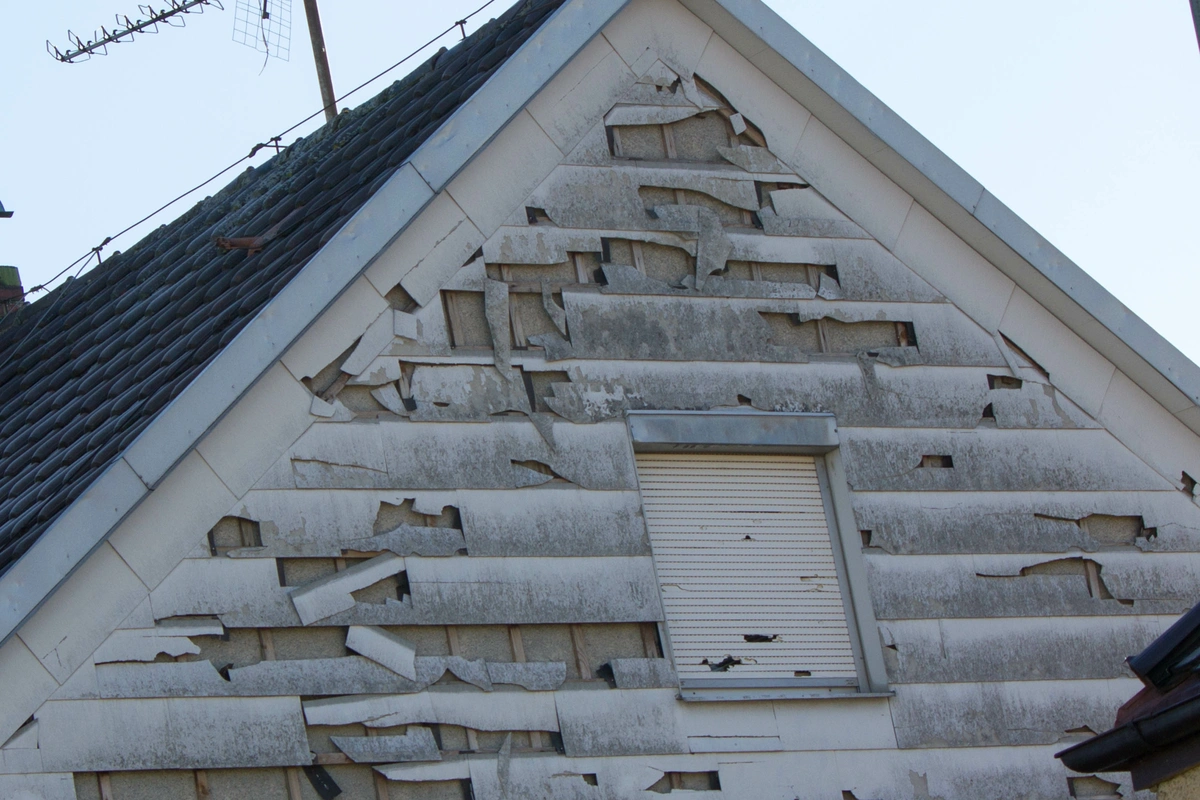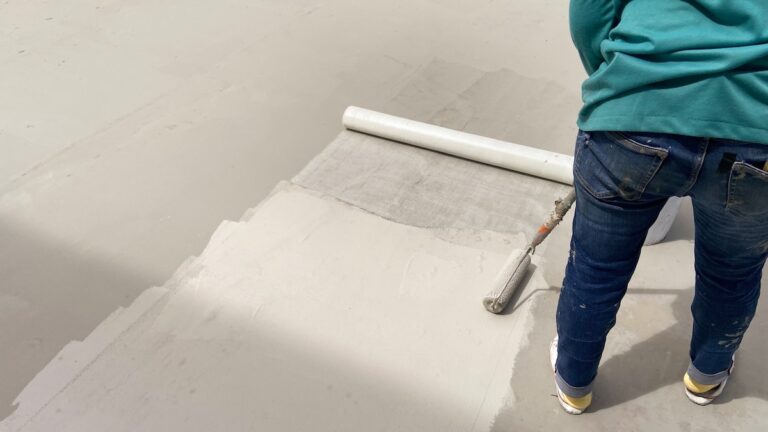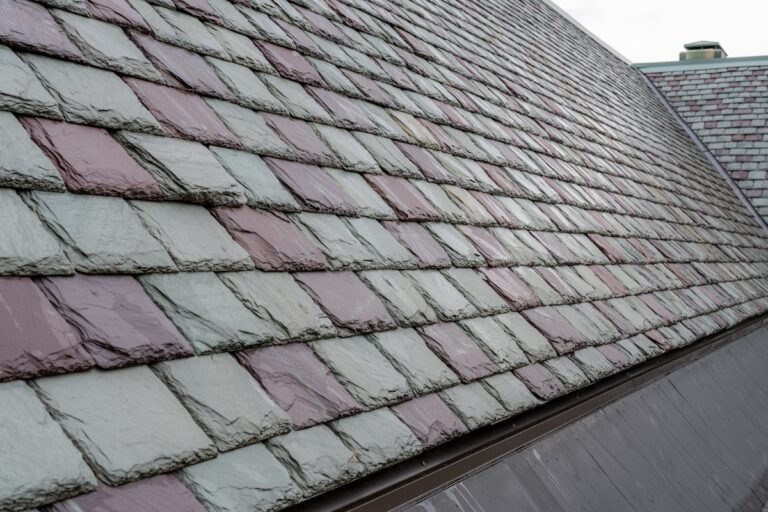Do you remember being a kid after a hail storm? There was something magical about it, wasn’t there? Walking outside on a sunny day, to find these strange little balls of ice that fell from the sky…it was interesting and even fun! Today, however, that storm signals the immediate potential need for a roof hail damage insurance claim.
When you are an adult, though, hail doesn’t inspire quite the same sense of wonder. Instead, it tends to bring with it feelings of stress as you worry about what effect hail damage will have on your home’s exterior. That worry is completely valid, especially since these storms often leave behind thousands of dollars in hidden repair costs that turn that ‘interesting’ ice into a major financial headache. The anxiety about the true cost is exactly why so many homeowners immediately have to face filing a roof hail damage insurance claim.
Luckily, this is exactly what homeowners insurance is for! If only the process was straightforward. You see, when you file a claim, it’s not just about getting a check; it’s about making sure that check is enough to cover the full cost of replacing your roof, not just a depreciated fraction of it.
You don’t want to file a claim only to have your premiums go up or to be left dealing with a complicated set of steps alone. The good news is that by following the right path for your roof hail damage insurance claim, you can secure the funds needed for repairs—and maybe even upgrade to a better, tougher roof that can handle the next storm without worry.
Key Takeaways
- Signs of Damage: The most common indicators of hail damage are shingle craters, dented flashing, missing shingles, and dents on gutters.
- Coverage: Most policies cover weather-related events, meaning a roof hail damage insurance claim is generally approved, but reviewing your policy limits is essential.
- 4 Essential Steps: The protocol involves self-assessing the damage, documenting everything, calling a contractor first (for assessment/estimate), and then contacting the insurer.
- Urgency: It is critical to file the roof hail damage insurance claim as soon as possible, as insurers may reject claims filed too late after the date of loss.
- Contractor: The contractor’s expertise is the single most important factor when filing, so verify the company is licensed, insured, and experienced in storm damage claims.
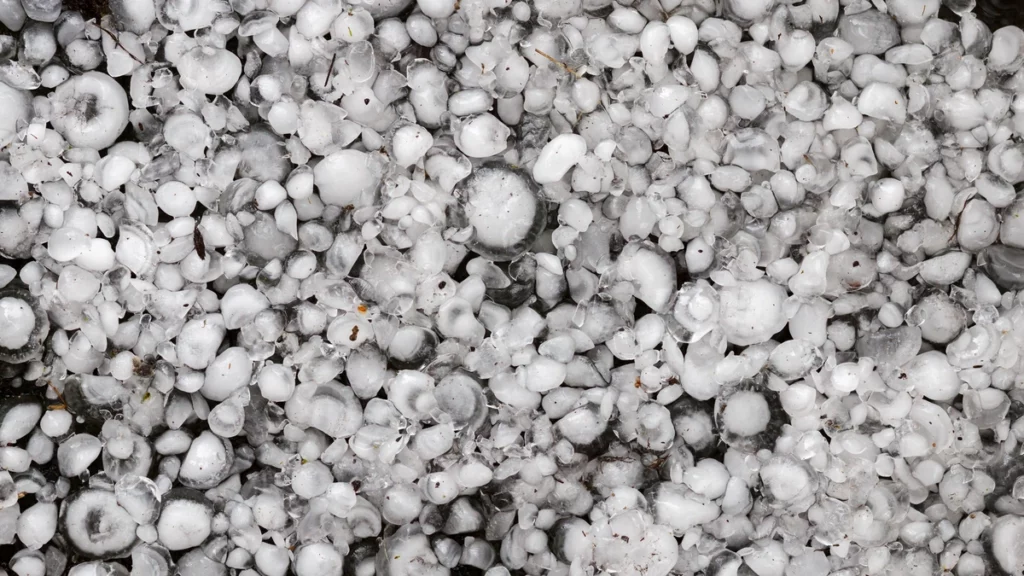
4 Signs of Hail Damage
A hail storm doesn’t always mean that your home will sustain damage. Sometimes you get lucky, and your home is just fine. That being said, it is always better to be safe than sorry. After all, untreated roof damage can cause severe issues for the structure of your home when it allows water to pass through the layers of your roof.
A good homeowner is an informed homeowner! That’s why we’ve compiled a list of easy-to-spot signs of hail damage to your roof. Understanding these signs is the essential first step before you attempt to navigate a roof hail damage insurance claim.
1) Shingle Craters
The most common sign of hail damage is dents and craters lefts in your shingles. These dents can be anywhere from a small nick to a golf-ball size hole. Alternatively, you may simply be left with cracked shingles.
While it is easy to dismiss this as a trivial problem, it is important to get it repaired as soon as possible. Any damage to your shingles allows water to seep through the underlayers of the roof. If left untreated, you could potentially be left with a rotting roof deck that would require a full roof replacement.
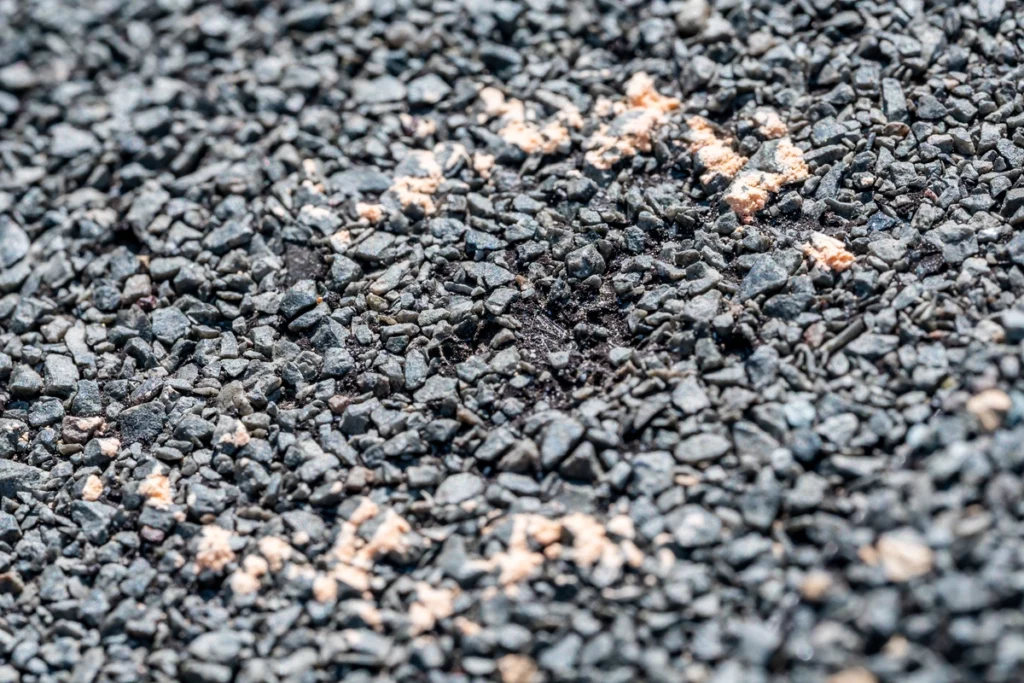
2) Dented Flashing
Roof flashing consists of thin sheets of metal that are attached to vulnerable areas of your roof. You might find it placed around your chimney or at your roof’s edge. The flashing creates a watertight seal that keeps water out of these sensitive areas.
Because flashing plays such an important role in keeping your home free from water damage, it is essential that it remains intact. However, just like shingles, flashing is susceptible to impact damage from hail. Be sure to check your flashing for dents and holes.
3) Missing Shingles
With hail storms come high winds that can easily blow loose shingles off of your roof. If dents and cracks leave your roof open to water damage, you can imagine the further damage that can be done with missing shingles.
If you notice shingles missing from your roof, it’s crucial to contact your roofing contractor as soon as possible to help you replace them. To ensure you don’t miss any subtle or hidden issues caused by the storm, immediately check these signs of roof storm damage to perform a complete assessment.
4) Dents to Gutters
Are you suspicious that you have hail damage to your roof but are nervous about climbing all the way up to check? One of the best ways to determine whether or not you have roof damage while keeping your feet on the ground is to check your downspouts and gutters for dents.
You can bet that if your gutters were dented by hail, your roof will have been as well! This clear exterior evidence provides crucial, irrefutable proof required when filing a roof hail damage insurance claim. When budgeting for the damage, remember that replacing your gutters is often necessary alongside the roof; you can find a breakdown of the expenses by checking how much do gutters cost here.
Why You Need Homeowners Insurance
Homeowners insurance is something that almost everyone has. In fact, most states in the U.S. require homeowner’s insurance. Despite this, many people don’t know what their policy covers. Yet, reviewing your policy carefully is the crucial first step when preparing for a successful roof hail damage insurance claim. Here are just a few examples of damages that might be covered by your insurance company:
- Storm damage
- Fire and smoke damage
- Falling trees
- Vandalism
- Theft
Should You File a Roof Hail Damage Insurance Claim?
Time for the big question of the day! Will your insurance company cover hail damage to your roof?
In general, the answer is yes! Most homeowners’ insurance policies will cover damage caused by weather-related events. However, keep in mind that it is essential to file a roof hail damage insurance claim as soon as possible. Some insurance companies will not accept claims that are filed too late after the damage has been sustained.

All that being said, it is important to do some research into what your insurance policy covers, specifically. In fact, before signing up for homeowners’ insurance, be sure to carefully go over the coverage to ensure that you and your home stay safe for years to come. Performing this due diligence guarantees you are prepared to file a successful roof hail damage insurance claim should severe weather strike.
What to Do After Hail Damage
Ready to fix your hail-damaged roof? Here are some key steps to follow to make sure that the entire process—from inspection to final payout—goes smoothly. These steps are essential for successfully navigating your roof hail damage insurance claim.
1) Inspect Your Roof
As soon as the hail stops, it is important to do a self-assessment to see if you can find any signs of hail damage. This will help you get a sense of the severity of the problem.
2) Document the Area
Be sure to thoroughly document the damage through photos and videos. This will help your insurance company with the claims process.
3) Call a Contractor
While you may be tempted to call your insurance company right away, it’s actually best to call on a professional roofing contractor. They will help to assess the damage to your roof and create an estimate of how much work will need to be done.
Many companies also offer assistance with the confusing insurance claim process. Specifically, their expertise is invaluable for successfully navigating the complexities during a roof hail damage insurance claim.
4) Contact Your Insurance Provider
Lastly, you will want to file a claim with your insurance company. Once the claim is filed, your insurance company should be able to help talk you through the next steps of the process and help you get the money that you need to repair your roof.
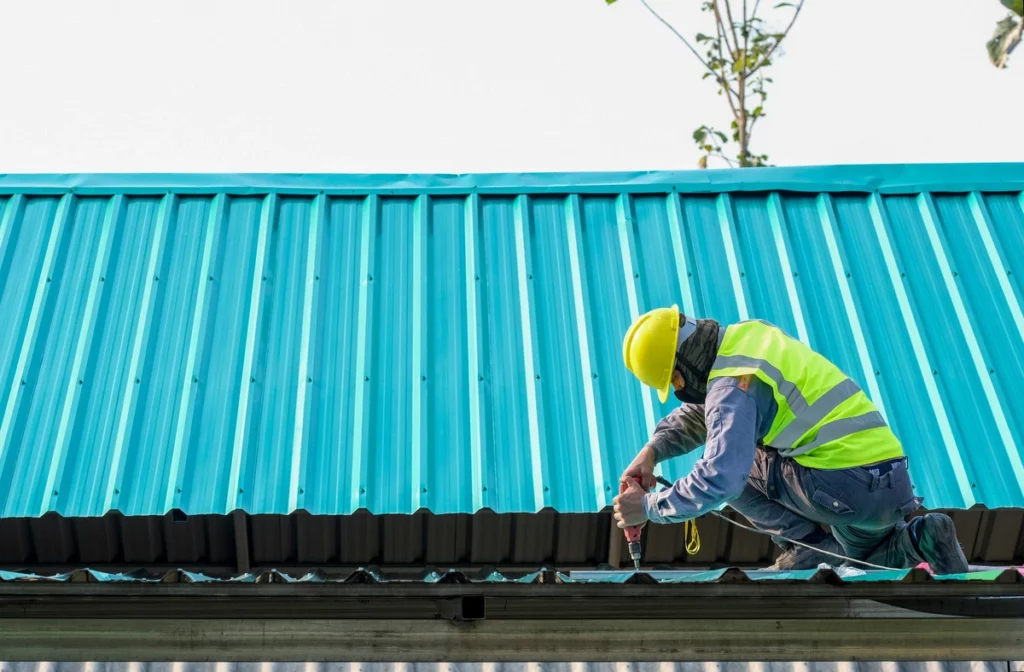
Talk With a Roofing Contractor
With so many companies on the market, it can be difficult to know who to call on. You’ll want to be sure that the company you are hiring is an expert in the process, as the quality of the roofing contractor is the single most important factor when filing a roof hail damage insurance claim. You should be sure that the company you are hiring is:
- Licensed and insured
- Offers storm damage repairs
- Is able to help you with your roof hail damage insurance claim
You’ll find all of that and more when you work with Johnson Restoration. Our team of trusted roofers has years of experience dealing with storm damage of all kinds. Not only will we repair your damaged roof, but we will guide you through the entire roof hail damage insurance claim process and help you find solutions that protect your home against severe weather in the future. Contact us today to receive your free estimate!
